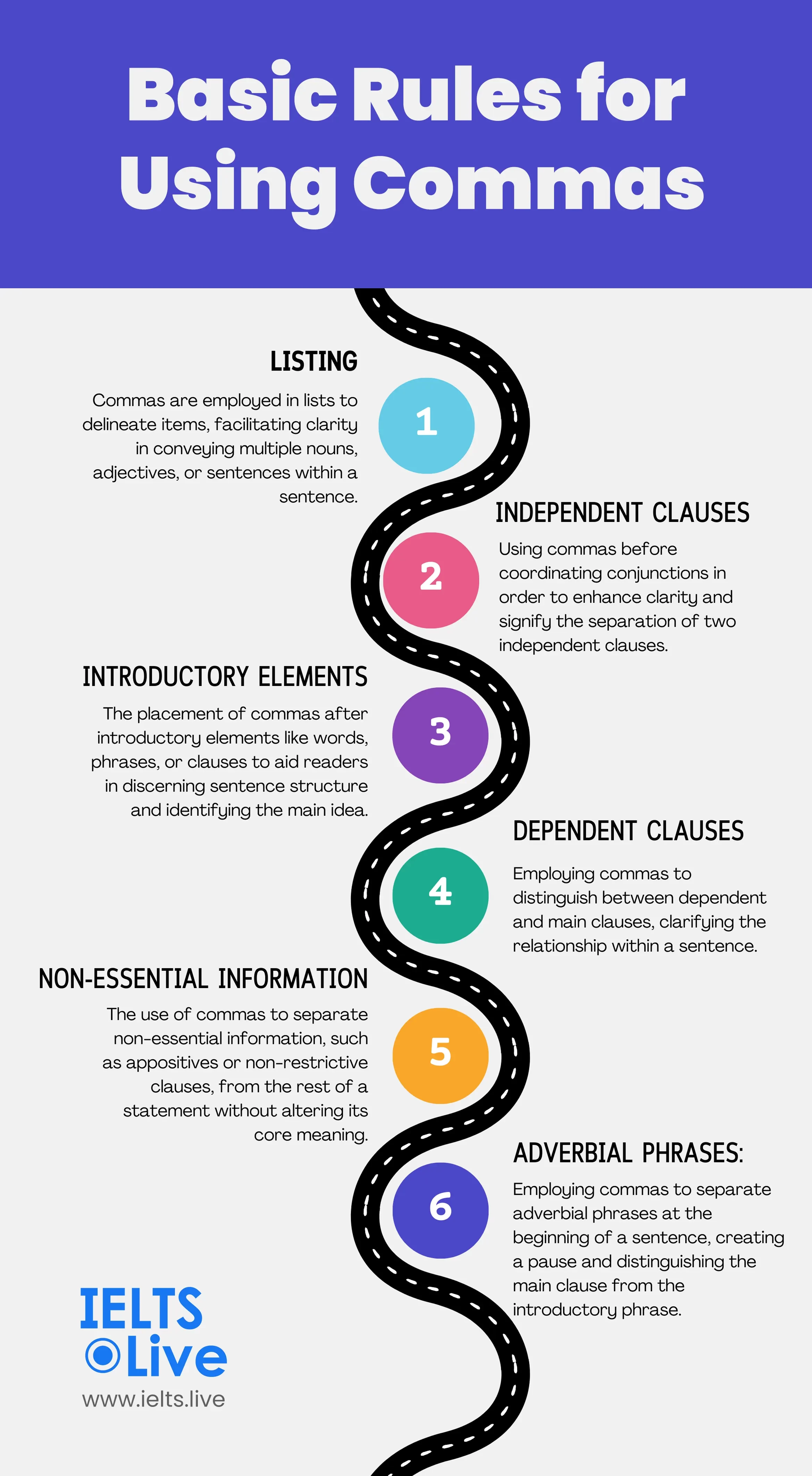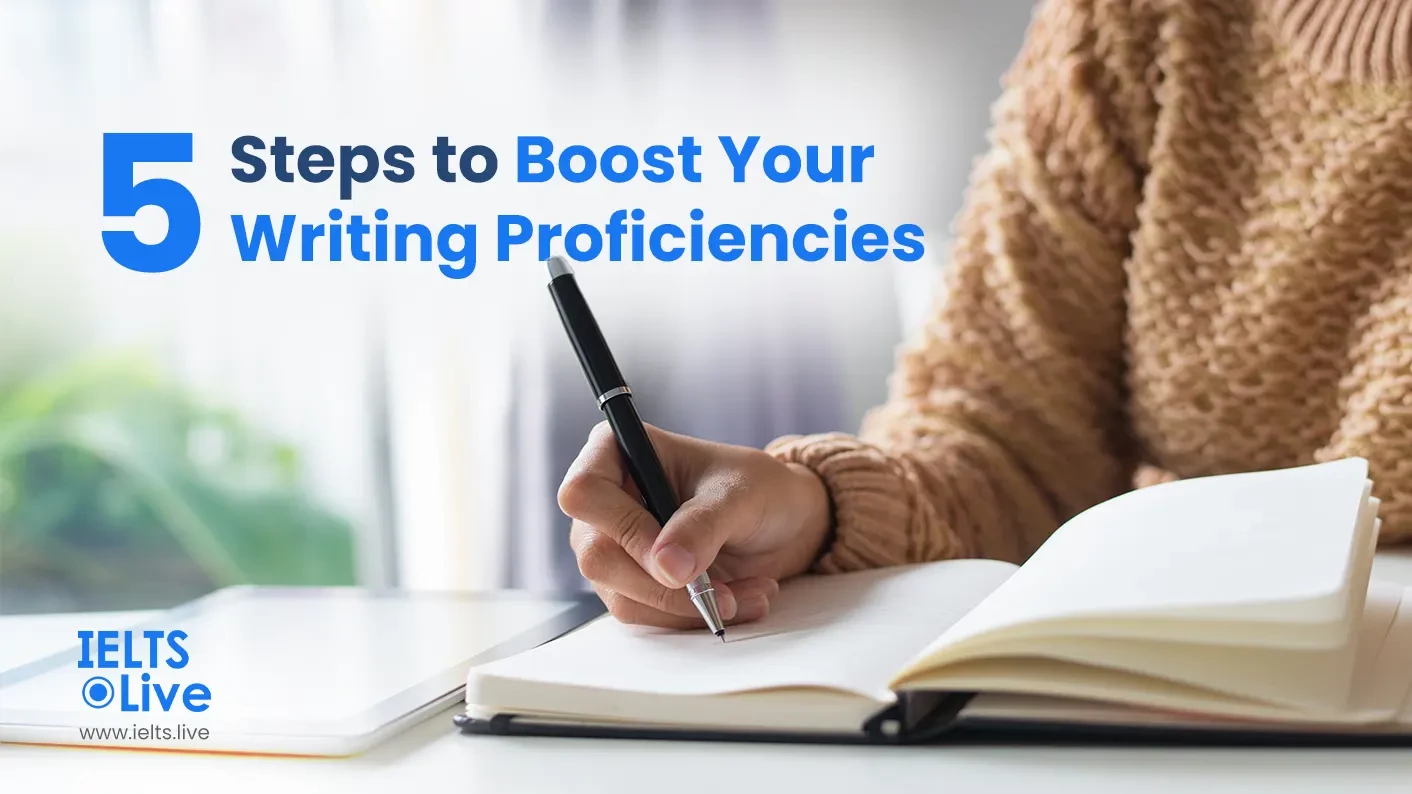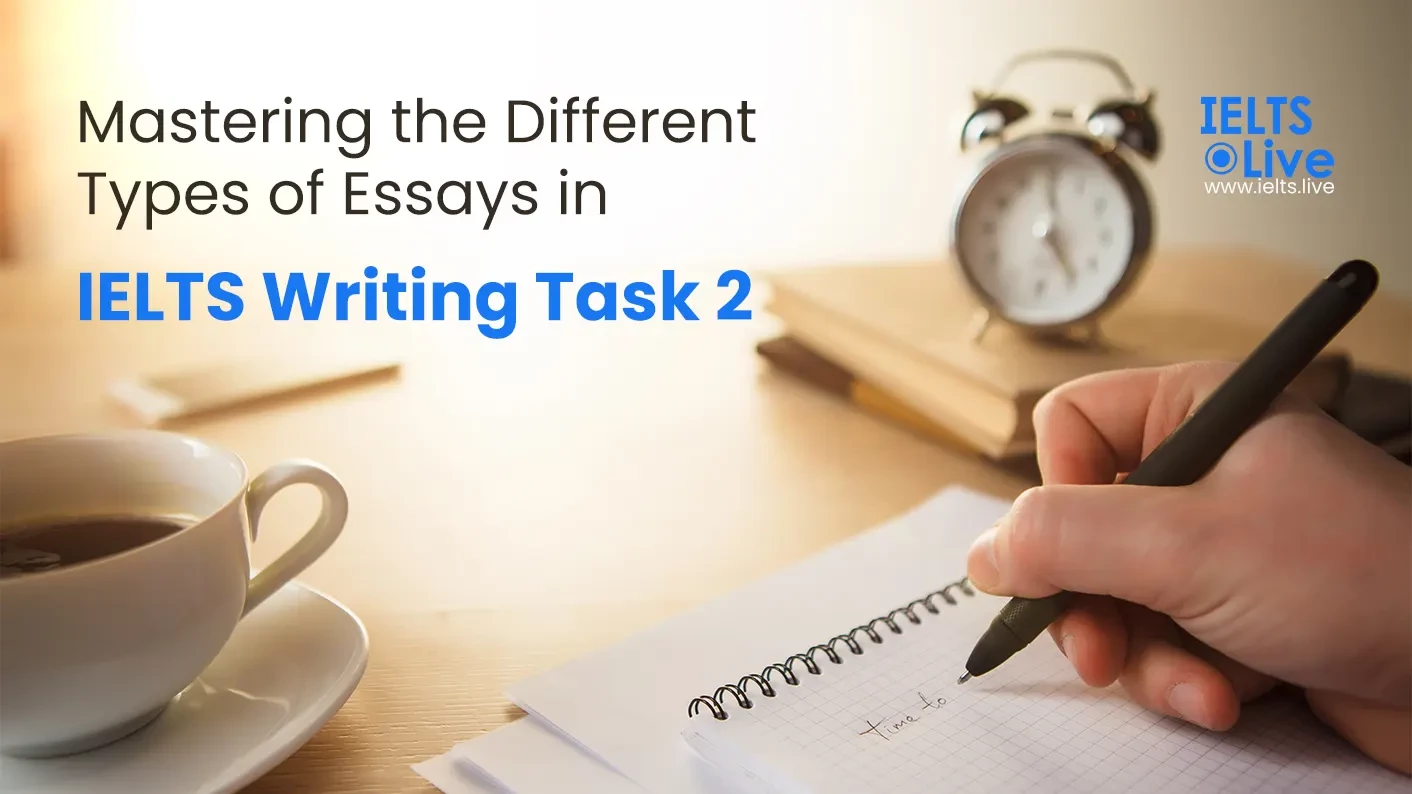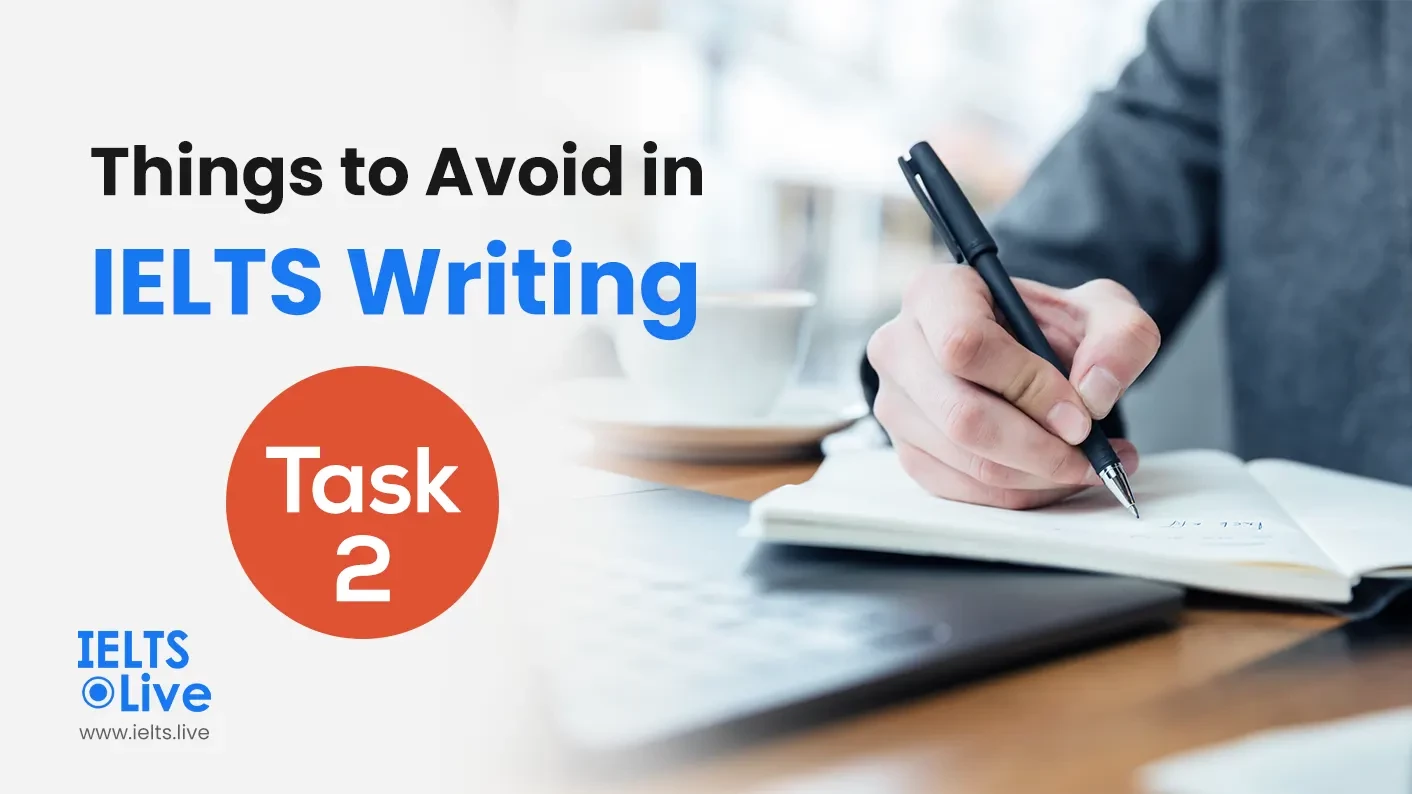“Let’s eat Grandma!” Vs. “Let’s eat, Grandma!” there is a huge difference in the meanings of these two sentences. And the only that is creating the contrast between the meanings is the comma. So you see how important a comma is.
You may also like: Enhance Your Writing Skills In 5 Simple Steps
Commas are basic punctuation marks that are essential to improving the organization and clarity of your text. You'll do much better on the IELTS writing test if you know the fundamental rules of comma usage. Here are some basic rules for using commas:
Basic rules for using commas
Listing
Commas are used in lists to denote the separation of items. If there are several nouns, adjectives, or sentences together, commas assist readers to grasp each one of them clearly. For instance: "She travelled through Europe, stopping in London, Paris, and Rome."
Independent Clauses
A comma should come before any coordinating conjunction (such as and, but, or, so) that joins two independent clauses (full ideas that can stand alone as sentences). The distinction between the two ideas is made clearer by a comma.
Introductory Elements
If a sentence begins with an introductory word, phrase, or clause, a comma should be placed after it to separate it from the main part of the sentence. By doing so, you make it easier for readers to figure out how the sentence is put together and where the primary idea starts. For instance, "After finishing his meal, he went for a walk."
Dependent Clauses
A comma is frequently used to indicate the separation between a dependent clause and a main clause, also referred to as a subordinate clause. Example: “Because it was raining, they decided to stay inside.” However, if the dependent clause comes after the main sentence, no comma is required. Example: "They decided to stay inside because it was raining."

Non-Essential Information
Commas are used to separate non-essential information from the rest of a statement. This additional information also called an appositive or a non-restrictive clause, can be omitted without changing the core meaning of the sentence. Example: "My sister, who is a doctor, lives in New York."
Adverbial Phrases
A comma is usually used to separate adverbial phrases (expressions that modify the verb, adjective, or adverb) that are used at the start of a sentence. This aids in creating a pause and separates the main clause from the introductory phrase. For example: "In conclusion, it is evident that climate change is a pressing global issue."
The proper use of commas in various contexts, such as coordinating and subordinating conjunctions, additional data, and adverbial phrases, will be discussed in the section after this one. These suggestions will help you better grasp how to use commas correctly in the IELTS writing test. Stay tuned!
Commas in specific situations
1. In order to connect two independent clauses, coordinating conjunctions (like and, but, or, so) are used. It's crucial to put a comma before coordinating conjunctions when applying them to link two complete thoughts. Here are a few examples:
- "She studied for hours, but couldn't solve the math problem."
- "He loves playing basketball, and she enjoys watching football."
2. Dependent clauses cannot stand alone as a full sentence, hence subordinating conjunctions are used to introduce them. A comma is typically used after a dependent clause when it appears before the main sentence.
- "Although it was raining, they decided to go for a walk."
- "Because she was tired, she took a nap in the afternoon."
3. Non-essential information within a sentence is separated by commas. Although it adds more details, this information is optional and won't change the sentence's fundamental meaning. Consider the following examples:
- "My brother, a talented musician, plays multiple instruments."
- "The Eiffel Tower, one of the most iconic landmarks in Paris, attracts millions of visitors every year."
Avoiding Common Comma Errors
While understanding the rules of comma usage is crucial, it's equally important to be aware of common comma errors and actively avoid them. The most frequent comma mistakes to watch out for are listed below:
Comma Splices
When two separate sentences are joined by a comma without the use of a coordinating conjunction, it is known as a comma splice. This error can cause structural problems with the sentences. Look at the following examples:
Incorrect: "She ran fast, she won the race."
Corrected: "She ran fast, and she won the race."
Incorrect: Rose likes fruit, she doesn’t like vegetables.
Correct: Rose likes fruit; she doesn’t like vegetables.
Incorrect: Eli is a volunteer firefighter, Ben is an event planner.
Correct: Eli is a volunteer firefighter. Ben is an event planner.
Incorrect: Sam studied for his exam, he felt confident.
Correct: Sam studied for his exam, and he felt confident.
Unnecessary commas
Commas can be overused or used in the wrong places by writers at times. Avoid using commas inside of compound predicates or in between subjects and verbs. Take a look at these sentences:
Incorrect: The last doughnut, is Jim’s.
Correct: The last doughnut is Jim’s.
Incorrect: I knew immediately, what the alarm meant.
Correct: I knew immediately what the alarm meant.
Incorrect: "He went to the store, and bought some milk."
Corrected: "He went to the store and bought some milk."
Missing Commas
skipping commas where they should be, can lead to ambiguity or misinterpretation. Commas should be used to separate non-essential information, following introductory parts, and in lists. Think about the following sentences:
Incorrect: Commas are important people!
Correct: Commas are important, people!
Incorrect: I like cooking my family and my pets.
Correct: I like cooking, my family, and my pets.
In conclusion, mastering the proper usage of commas in IELTS writing is a crucial skill that can significantly enhance the clarity and coherence of your responses. The judicious application of commas aids in structuring sentences, separating ideas, and ensuring precision in conveying your thoughts.
By adhering to the principles discussed in this guide, you can elevate the overall quality of your written expression, ultimately contributing to a more polished and effective IELTS writing performance. Keep practicing and refining your comma usage, as it plays a pivotal role in achieving a higher level of linguistic proficiency in the context of the IELTS examination.











0 COMMENTS